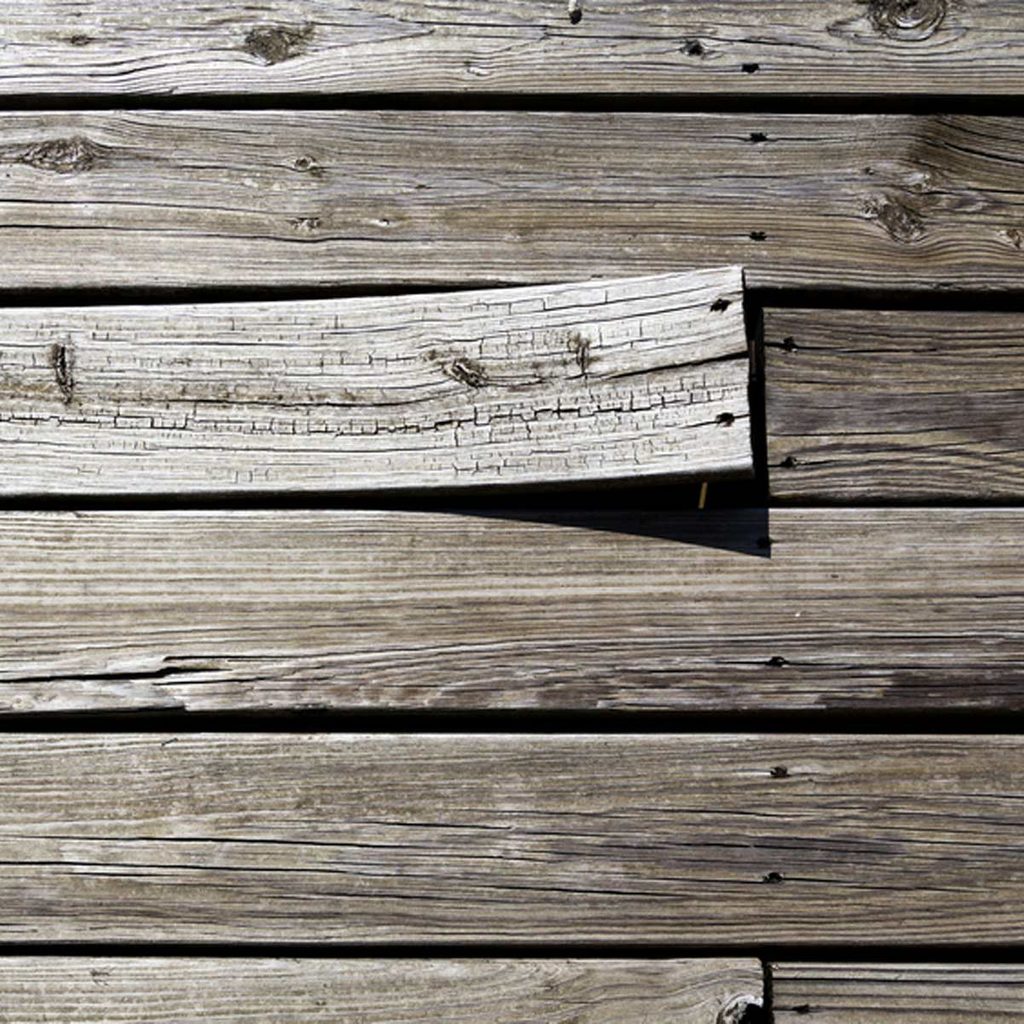What to Know About Warped Wood
Updated: Sep. 28, 2022

Warped wood can put a damper on any project. Here's what to know about it.
On This Page
What Causes Wood to Warp?
Wood warps when the moisture content in the wood changes unevenly. This causes the wood to move. Think of it this way: You have a 2×4 that gets wet. As it dries, one part of the board dries faster than the other, causing the drier area to shrink faster. That causes stress on the wood and can cause it to warp or bend.
Factors That Contribute to Wood Warping
While some types of wood have a relatively high moisture content, other types have a very low moisture content. The expanding then shrinking of wood is caused by both the wood’s moisture content and the humidity level in the air. As humidity increases, the moisture content of wood will also increase and the wood expands. As humidity decreases, moisture content will also decrease and the wood will shrink. This is known as the Equilibrium Moisture Content, or EMC.
The size of the wood, along with the grain can also impact EMC. Wood that is thicker takes longer to both absorb and lose moisture. Quarter sawn lumber will shrink and then expand about half as much as lumber that is flat sawn.
Different Types of Wood and Warping
Some types of wood are less likely to warp than others. Cedar is a very dense species meaning it is less prone to cracking and warping. Fir is considered seasoned when it reaches EMC so it shouldn’t warp much. Redwood has a natural chemical that protects it against excess moisture.
How to Prevent Warped Wood
Prevent wood from warping by storing wood in an area with proper ventilation. Lumber should also be stored in flat piles and stored in a cool, shaded and dry location.
